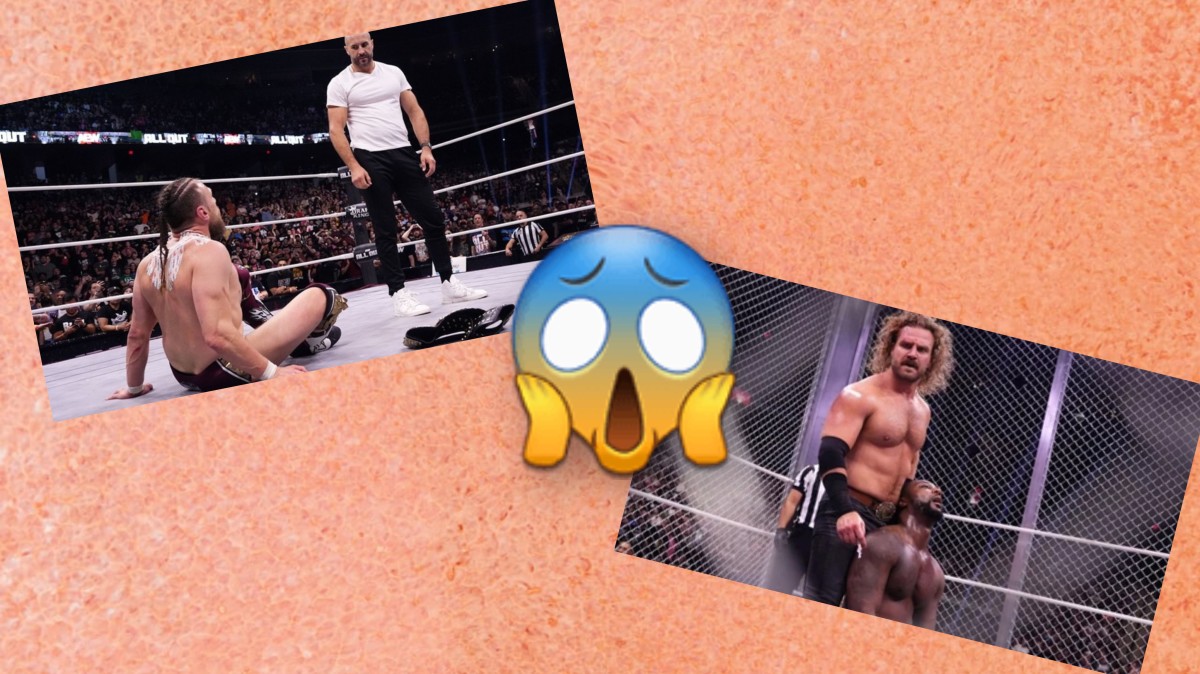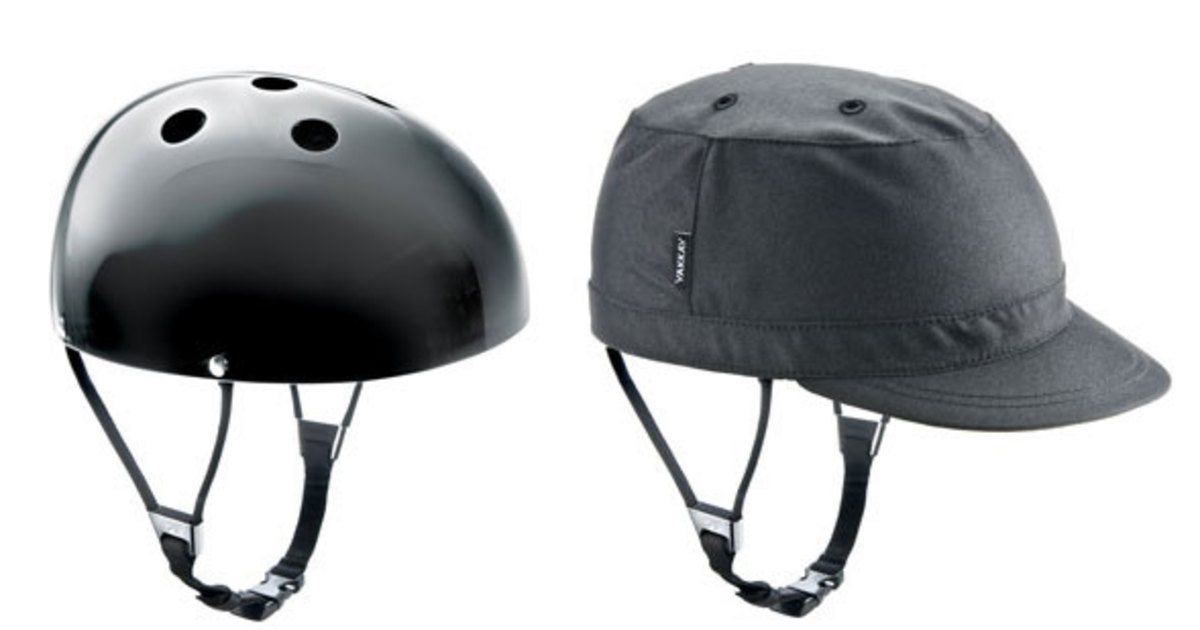Epee Strategies

Epee Fencing Strategies
In modern competitive fencing, the difference between winning and losing is having the right strategy. Assuming you have learned the basic moves and the rules and you are in great physical shape, what else is there?
Here are some winning strategies for epee fencing.
-November 2014
Introduction
In epee competition bout, there is no "right of way". That means who ever hits first by 1/25 of a second, will win the touch. There is no "right" or "wrong" moves. As long as you abide by the rules, you can do pretty much anything.
5 touches in 3 minutes or under and you win the bout.
The 3 simple advice I offer is:
1. touch first
2. avoid being touched
3. go for the double touch if you are ahead
The details of my strategies are embodied in the following lessons.
- Lesson 1 (en-guarde):
The en-guarde position. There are two basic engarde positions. One is the standard "closed" position. This is the one where your fencing arm is bent slightly at the elbow and weapon pointing at your opponent. and the guard covering your forearm. This is called "closed" because at this position you are safe from being hit with a simple attack. At this position, you can easily parry an attack from any direction. You can practice this stance in front of a mirror to make sure your forearm is completely covered. You should commit this position to memory and should be able to do it in your sleep or with your eyes closed.
The second en-guarde position is the "open" position.
This stance is only used against a fencing who is skilled in point atttack to the arm or who has perfected the "point flip" move. Both of these moves may result in touches against you. To avoid them, the "open" stance is with the fencing arm lowered to 45 degrees and the point of your weapon pointing down towards the floor. This way, your opponent will be forced to attack your body.
When the director say "fence", you can usually take a step forward to close the distance between you and your opponent and at the same time gain a small advantage.
- Lesson 2 (fencing distance):
Once you start fencing, you need to keep a proper fencing distance at all times. What is the proper fencing distance?
The proper fencing distance is such that your lunge attack on your opponent should be just short by one step. Of course, the actual distance will vary depending on the height of your opponent and his speed.
Against a tall fencer or fast fencer, you need to increase the distance slightly. Another way to judge is by your blade. If you are in the en-guarde position, your blade should cross your opponent's blade approx. one third of the length of the blade.
- Lesson 3 (offensive strategy):
1. simple attack to the body with a lunge.
2. beat attack and lunge.
3. fleche attack to the body and off the strip.
4. attack to the toe (toe touch).
5. attack to the mask.
- Lesson 4 (defensive strategy):
1. simple parry and reposte.
2. stop thrust.
3. duck down and stop.
- Lesson 5 (compound strategy):
A compound strategy or (second intention) involves initiating a false attack and waiting for a response which you anticipate and counter to score the touch.
This requires split second timing and quick reaction and perfect execution.
- Lession 6 (remise):
The remise is one move that should be practiced and perfected.
In epee where there is no right of way, the fencer only needs to focus on hitting the opponent. Our natural reaction when we miss an attack is to retreat and defend. However, the remise is often a better alternative when you first miss an attack. A more deadly move is to replace the point against your opponent and try to score. The quicker you do this, the better chance you have of scoring a touch or at minimum a double touch.
- Lesson 7 (surprise moves):
1. toe touch
2. flip point attack to the arm
3. stop to the forearm
4. duck and stop
5. step aside with rear foot and stop
- Advanced lessons will be coming in the near future...
Topics will include tempo, working the strip, playing with distance, running down the clock and many others...
In addition, I will cover "opponent specific" strategies - strategy targeting a specific opponent's style.







